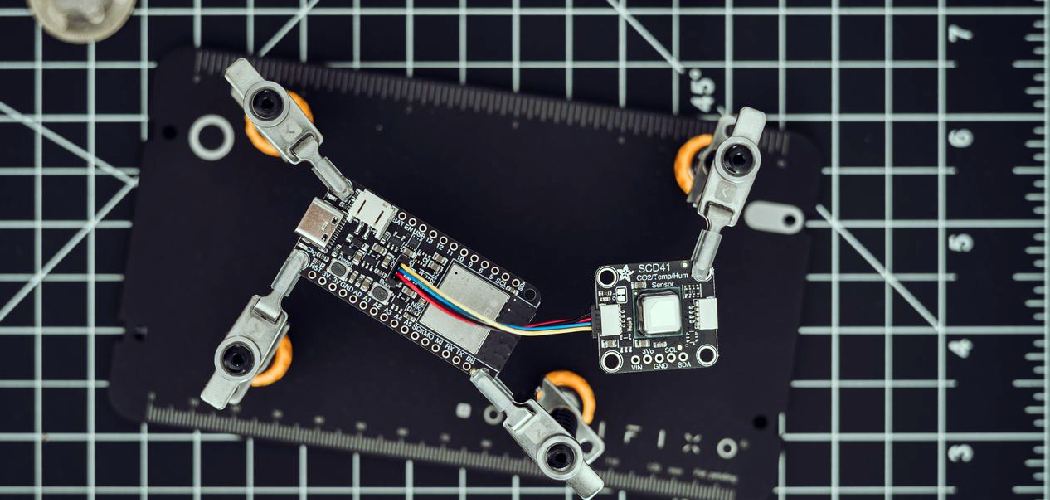The transmission range sensor plays a crucial role in maintaining the efficiency and functionality of a vehicle’s transmission system. This essential component detects the current gear position and relays this information to the engine control module (ECM), ensuring seamless communication between the vehicle’s transmission and engine. The ECM adjusts engine performance for safe and smooth operation by interpreting signals from the transmission range sensor.
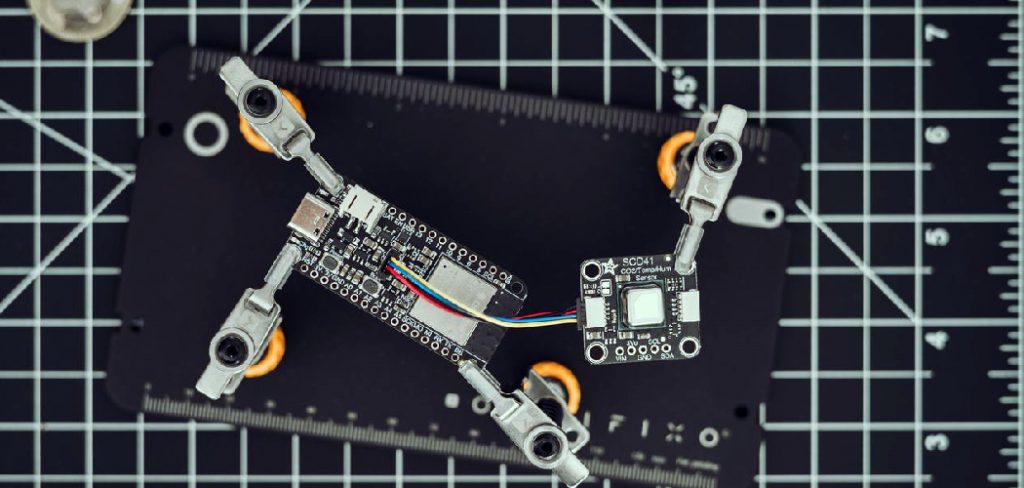
However, like any part of a vehicle, this sensor can encounter issues over time. Common problems may include incorrect gear readings, difficulty shifting, or the illumination of warning lights on the dashboard. These issues impact driving performance and can lead to significant mechanical problems if left unresolved. Understanding how to reset transmission range sensor issues is critical in addressing such failures. Resetting the sensor can often restore its functionality, allowing the vehicle to operate as intended without further complications.
Understanding the Transmission Range Sensor
What is a Transmission Range Sensor?
The transmission range sensor, often found in vehicles with automatic transmissions, is a critical component that ensures proper gear selection and communication between the transmission and the engine control module (ECM). Its main function is to detect which gear the transmission is in and relay that information to the ECM. This allows the vehicle to adjust engine performance, ensuring smooth gear shifts, optimal fuel efficiency, and safe driving conditions.
Symptoms of a Faulty Sensor
A failing transmission range sensor can cause noticeable issues that affect driving performance. Common symptoms include erratic or unexpected shifting, an inability to shift into certain gears, or even the vehicle remaining stuck in one gear. Another telltale sign is activating the check engine light on the dashboard, signaling that the ECM has detected a fault within the transmission system.
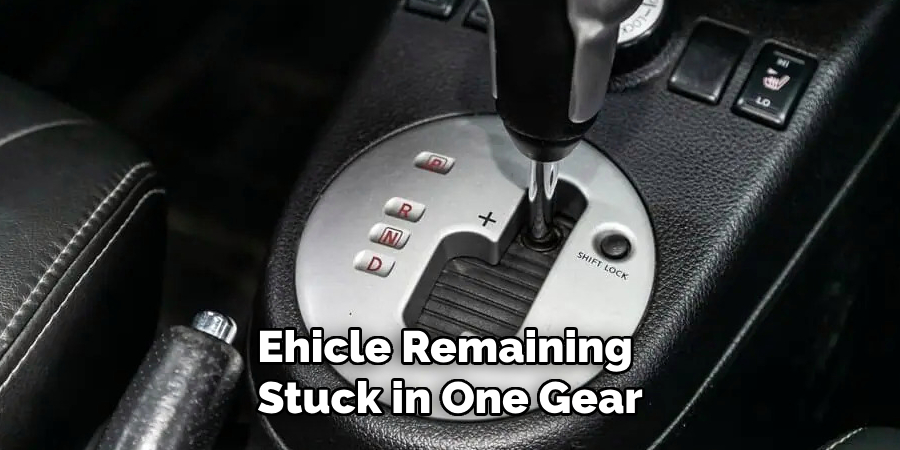
When to Reset the Sensor
Resetting the transmission range sensor may be necessary after specific repairs, maintenance, or troubleshooting electronic transmission problems. This process recalibrates the sensor, allowing it to function effectively and reduce the risk of further mechanical issues. Timely resets can improve vehicle performance and extend the lifespan of both the sensor and the transmission system overall.
Preparation Before Resetting the Sensor
Proper preparation is crucial before resetting the transmission range sensor to ensure a safe and efficient process. Begin by gathering the necessary tools, including a diagnostic tool such as an OBD-II scanner, the vehicle’s repair manual, and basic hand tools like screwdrivers and wrenches. Having these items ready will streamline the reset procedure and help address any unexpected complications.
Next, take essential safety measures. Park the vehicle on a flat, stable surface and engage the parking brake to prevent any movement during the procedure. Disconnect the battery by removing the negative terminal; this step reduces the risk of electrical short circuits and protects you from accidental shocks while handling the system.
Finally, review the vehicle-specific instructions in the user manual or service guide. These documents provide critical details about the location of the transmission range sensor and the correct reset procedures for your particular make and model. Familiarizing yourself with these instructions simplifies the process and minimizes the chance of causing damage to other components. These preparatory steps ensure the sensor reset is performed efficiently and safely, preserving the vehicle’s performance and reliability.
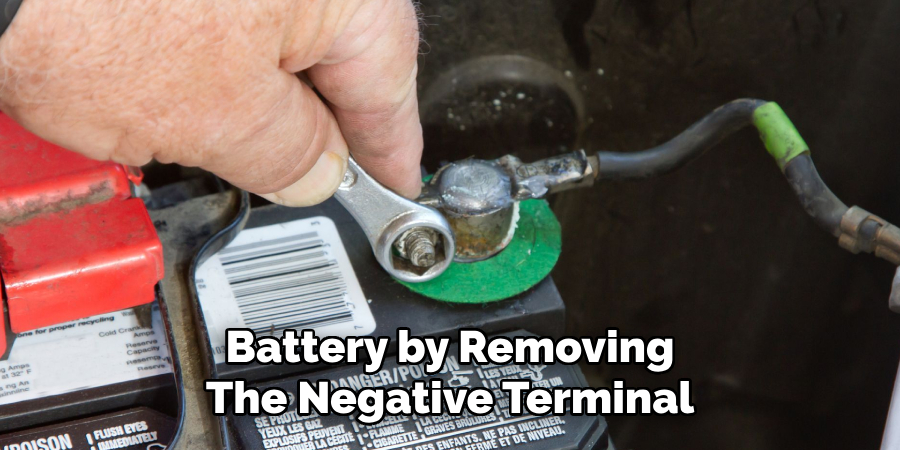
Manual Adjustment of the Transmission Range Sensor
Locating the Sensor
Begin by identifying the position of the transmission range sensor. Typically, the sensor is situated near the transmission housing or linked closely to the gear shifter assembly. Refer to the vehicle’s service manual for precise location details, as this can vary based on the make and model of the car. Ensuring you have a clear and unobstructed view of the sensor will make the adjustment process more efficient.
Adjusting the Sensor
To align the sensor properly, start by loosening its mounting bolts using an appropriate tool. Once loosened, the sensor can be manually adjusted by aligning it with the designated reference points or alignment marks, usually specified in the vehicle’s manual. Make slight adjustments while ensuring the alignment remains accurate, as even small misalignments can impact performance. Once the sensor is aligned correctly, securely tighten the mounting bolts to lock it. Reattach any disconnected components, such as wiring harnesses, ensuring they are properly connected and secure.
Testing After Manual Reset
After the manual adjustment, reconnect the vehicle’s battery by attaching the negative terminal. Start the engine and test the transmission’s shifting functionality by cycling through the gears. Observe the vehicle’s performance to ensure smooth shifting and proper operation. Double-check the alignment and connections if any issues persist, and consult the service guide as needed.
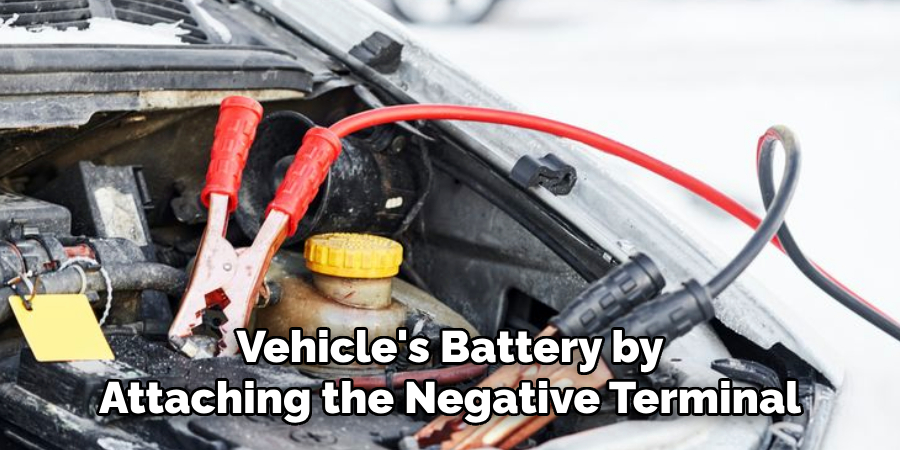
How to Reset Transmission Range Sensor: Resetting Using an OBD-II Scanner
Using an OBD-II scanner to reset or recalibrate a transmission range sensor is a more precise and efficient method, particularly for modern vehicles equipped with advanced electronic control systems. Below are the steps to successfully perform this reset:
Connecting the OBD-II Scanner
Begin by locating the diagnostic port, commonly found beneath the dashboard on the vehicle’s driver’s side. Plug the OBD-II scanner securely into the port. Ensure the scanner is powered on, which may occur automatically once connected to the vehicle. Confirm that the scanner is fully charged or connected to an external supply if a separate power source is required.
Accessing the Transmission Control Module (TCM)
Turn the vehicle’s ignition to the “On” position without starting the engine to enable the scanner to communicate with the vehicle’s computer system. Scroll through the menu options using the scanner’s interface and select the Transmission Control Module (TCM). This module governs the transmission system, including the range sensor. Refer to the scanner’s user manual if needed to locate the TCM settings.
Performing the Reset
Once inside the TCM menu, locate the option to reset or recalibrate the transmission range sensor. Most scanners will provide detailed on-screen prompts to guide you through the process. Follow these instructions carefully to perform the reset or calibration. During this step, the TCM will adjust itself to recognize the current alignment and status of the transmission range sensor, ensuring optimal performance.
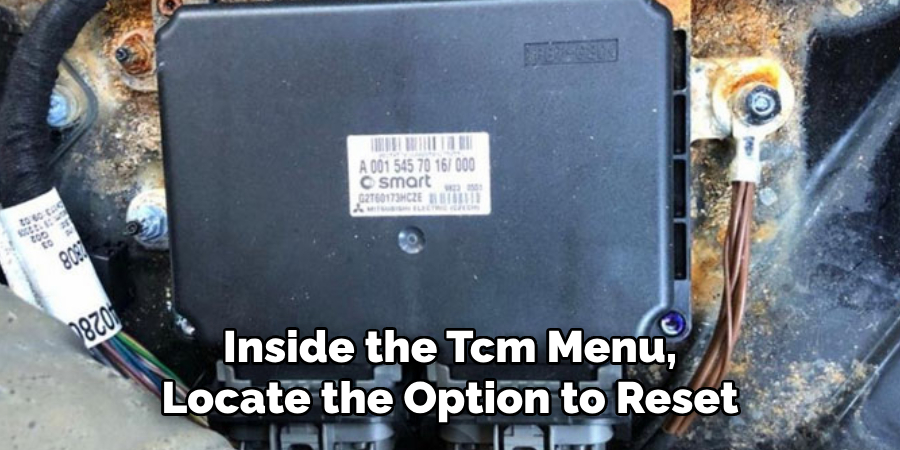
Clearing Error Codes
After resetting, use the scanner to check for Diagnostic Trouble Codes (DTCs) related to the transmission system. Clear any stored codes to ensure the system’s memory is updated. Once the error codes are erased, scan the system again to verify that no new issues are detected and that the transmission range sensor is functioning properly.
Advantages of Using a Scanner
Resetting the transmission range sensor with an OBD-II scanner offers several advantages. It ensures precise calibration, as the scanner communicates directly with the vehicle’s electronic systems, minimizing the risk of errors compared to manual adjustments. Additionally, the scanner can diagnose and troubleshoot other related issues within the transmission system, streamlining the repair process. This method is especially advantageous for modern vehicles that rely heavily on electronic controls, providing an efficient and reliable way to optimize performance while reducing the risk of further complications.
Troubleshooting Post-Reset Issues
After resetting the transmission range sensor, it is essential to verify that the vehicle operates correctly. However, persistent problems may arise due to sensor misalignment, electrical faults, or mechanical issues within the transmission system. These issues can cause symptoms such as erratic shifting, transmission warning lights, or failure to engage gears properly.
Further Diagnosis
If problems continue after the reset, carefully inspect wiring connections for any loose, corroded, or damaged components that may interfere with the sensor’s functionality. Pay close attention to the harness leading to the sensor, as degraded wiring can disrupt communication with the vehicle’s electronic system. Additionally, mechanical components within the transmission should be checked for wear or damage that could impact performance.
Using an OBD-II scanner is invaluable for further diagnosis. The scanner provides real-time data analysis, allowing you to monitor sensor outputs and identify anomalies in the transmission’s operation. Compare the live data with the vehicle manufacturer’s specifications to isolate any irregularities. If needed, recalibrate the sensor or replace faulty components. Addressing these issues promptly ensures the vehicle’s transmission functions optimally, preventing further complications and extending its overall lifespan.
Maintenance Tips for the Transmission Range Sensor
Proper maintenance of the transmission range sensor is crucial to ensuring the smooth operation of your vehicle. Below are some key tips to help protect and extend the life of this critical component:
Regular Inspections
Periodically check the sensor and its surrounding components for signs of wear, tear, or loose connections. Look for any physical damage or corrosion that could impact its functionality. Catching minor issues early can prevent more significant problems down the road.
Keep the Transmission System Clean
Ensure that no debris or contaminants interfere with the transmission range sensor. Dirt, grease, or other pollutants can obstruct its ability to send accurate signals to the vehicle’s control system. Regular cleaning and maintenance of the transmission system can help keep the sensor in optimal working condition.
Update Software
Keep your vehicle’s firmware and electronic control unit (ECU) software updated. Manufacturers occasionally release updates to resolve bugs or improve compatibility with vehicle systems. Staying current with software updates can help prevent electronic faults that might otherwise degrade the sensor’s performance.
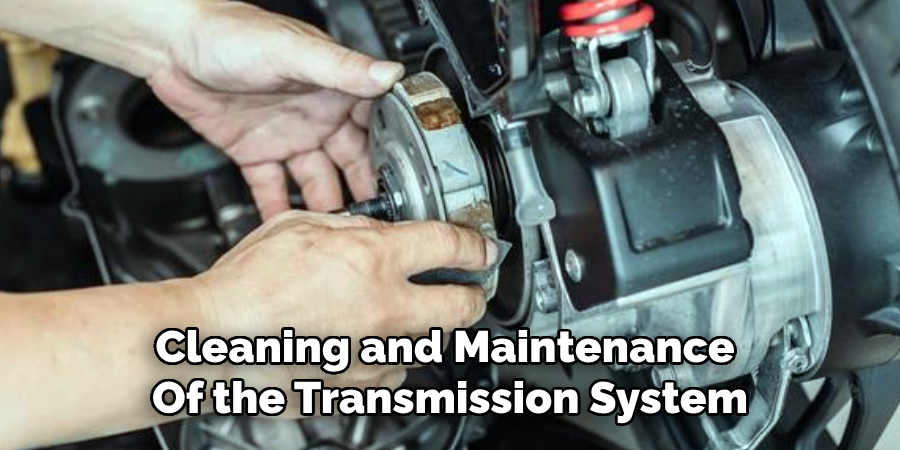
By incorporating these practices into your vehicle maintenance routine, you can avoid unnecessary sensor issues and contribute to the overall longevity of your transmission system.
Conclusion
A properly functioning transmission range sensor is crucial for ensuring smooth and accurate gear transitions, thereby maintaining the efficiency and safety of your vehicle. Learning how to reset transmission range sensor manually or using an OBD-II scanner can resolve many common sensor-related issues. Regular maintenance, such as cleaning the transmission system and updating the ECU software, prevents sensor failures. However, for complex problems, it is best to seek professional assistance. Addressing transmission sensor issues promptly avoids long-term damage and enhances the overall performance and longevity of your vehicle’s transmission system.

